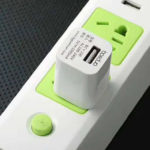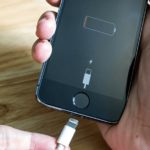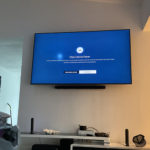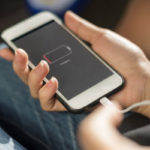When charging a mobile phone battery, we usually have to connect the charger to the phone and plug it into the power outlet to create a power connection between the charger and the phone. But what is the correct sequence to plug in? Should we plug the charger into the power outlet first and then plug the phone into the charger, or should we plug the charger into the phone first and then plug it into the power outlet?
Charging the battery has a major impact on the lifespan of the battery and the charger. Nowadays, mobile phone batteries are mainly Lithium-Ion batteries, which have the ability to be charged and discharged many times, are less prone to battery fatigue, and are safer and smarter. However, if you don’t use them correctly, you can still damage the battery, no matter how good it is.
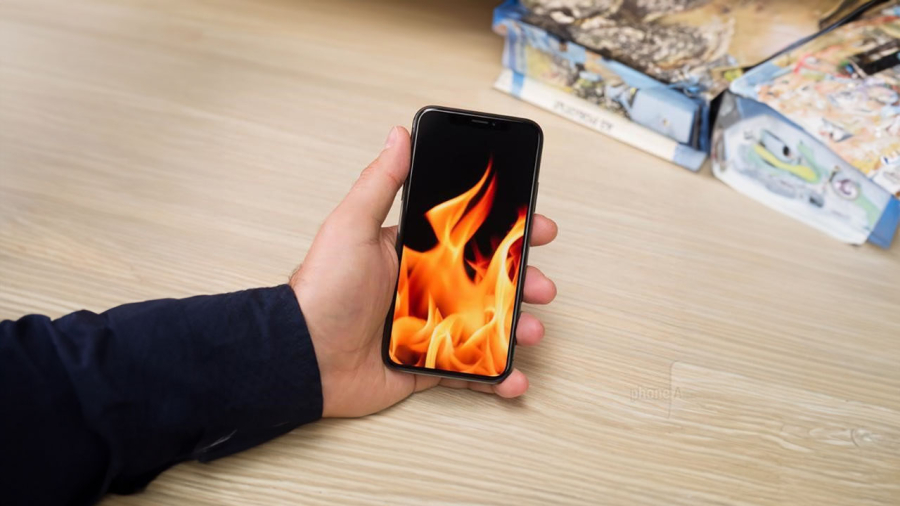
The correct sequence to plug in the charger
In fact, you can charge the battery no matter which sequence you follow.
However, following the correct sequence can help protect the phone and prevent early battery damage. To understand which sequence is safer, we need to know about electrical surges. An electrical surge is an instantaneous voltage increase that exceeds the normal working voltage of a device. This type of electricity can create fast and extremely dangerous electric shocks if accidentally touched.
For example, when a phone charger has an output of 5V/2A and is plugged into a power source, it can surge up to 6V or higher. Even though the normal state of the charger’s output is only 5V, these electric sparks cannot be seen with the naked eye. This can lead to a surge when charging the phone.
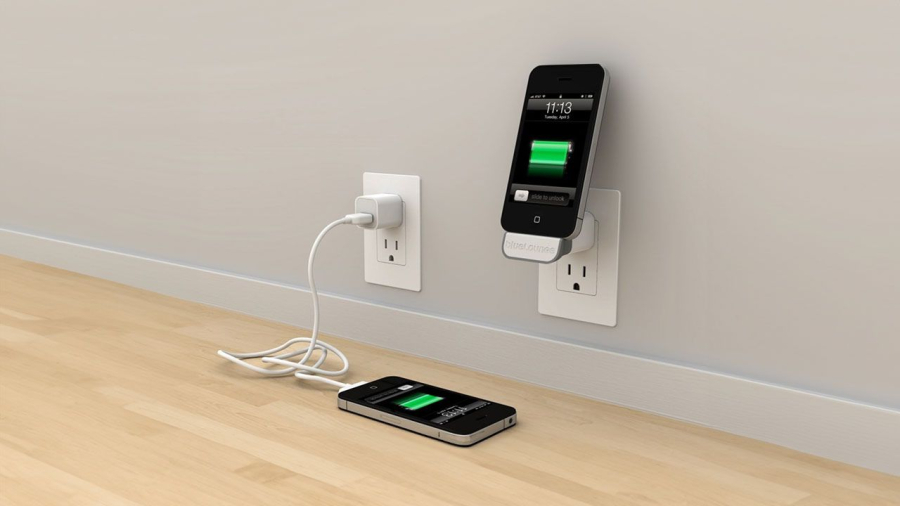
Although this phenomenon rarely occurs, we still need to be cautious. Therefore, when using a phone and charging it, pay attention to the following:
– Purchase genuine chargers that are designed with overload protection circuits or electric shock prevention. Therefore, you don’t need to worry about this issue. With genuine chargers, you can plug the charger into the power outlet first and then plug the phone into the charger, or plug the charger into the phone first and then continue to plug it into the power outlet; it won’t have much impact.
– If you use old chargers or third-party chargers, the risk is higher. Therefore, you should plug the charger into the power outlet first and then plug the cable into the phone to charge it, to avoid electric shock for the phone. After the battery is fully charged, unplug the cable first before unplugging the charger from the power source. This will help protect your phone’s battery.
The consequences of incorrectly charging the phone’s battery
Continuous charging in the power outlet even when not charging: This is a habit of many people. This leads to wasted electricity and poses a risk of fire. Especially when using some unknown chargers with unclear origins. In addition, continuous charging in the power outlet will cause them to heat up, which can lead to electrical short circuits and explosions. Therefore, after charging the phone’s battery, you should unplug the charger from the power outlet to ensure safety for the device and the people around.
At the same time, during the battery charging process, the smartphone will charge through the power adapter transmitted by the charging cable. At this time, the phone charger acts as a transformer, converting the high voltage to a low voltage (from 220V to 5V, 9V, 12V, etc.), and providing a DC current from the low voltage to charge the battery system.
Therefore, in the entire battery charging process, plugging the charger into the power source first is considered the correct step. Because the phone needs to have a voltage converter before it can be fully charged.
Charging the battery while using the phone at the same time: Charging and using the phone at the same time, especially making a phone call while charging, causes the phone to heat up quickly, which can harm the skin if the phone is pressed against it. Moreover, this action puts the phone under heat overload, which can quickly damage it, cause a power failure, etc.

























